Energy Storage
Schaltbau North America
Wind
Ole Binderup
Solar
Sun Ballast
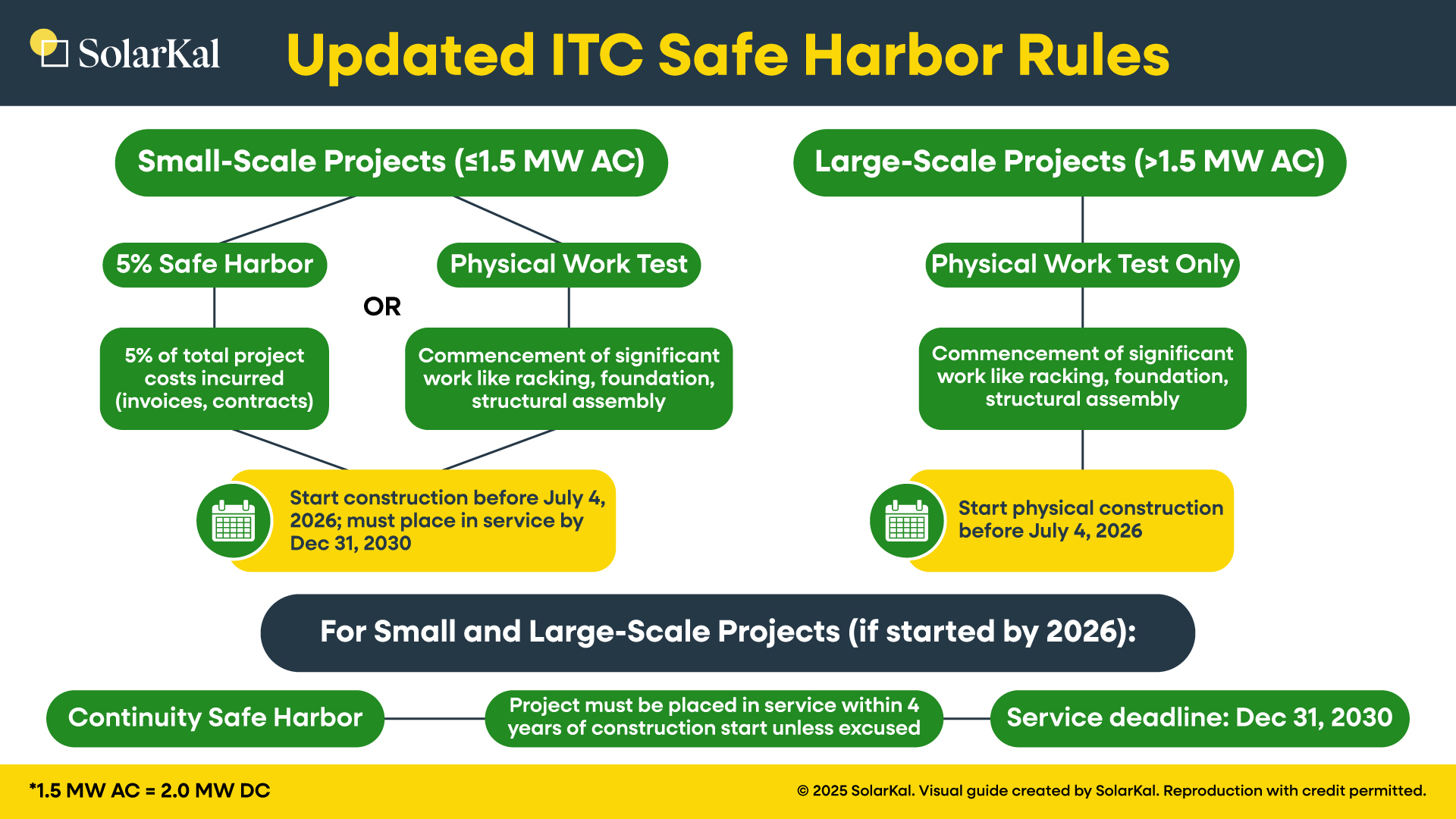
SolarKal, the nation’s leading commercial solar marketplace, released a visual guide breaking down the Treasury’s updated Investment Tax Credit (ITC) Safe Harbor rules. With the goal of helping CRE owners, developers, and investors quickly grasp key deadlines and requirements that could impact millions in tax credits, the graphic highlights the two compliance paths for small-scale projects (≤1.5 MW AC) and large-scale projects (>1.5 MW AC).
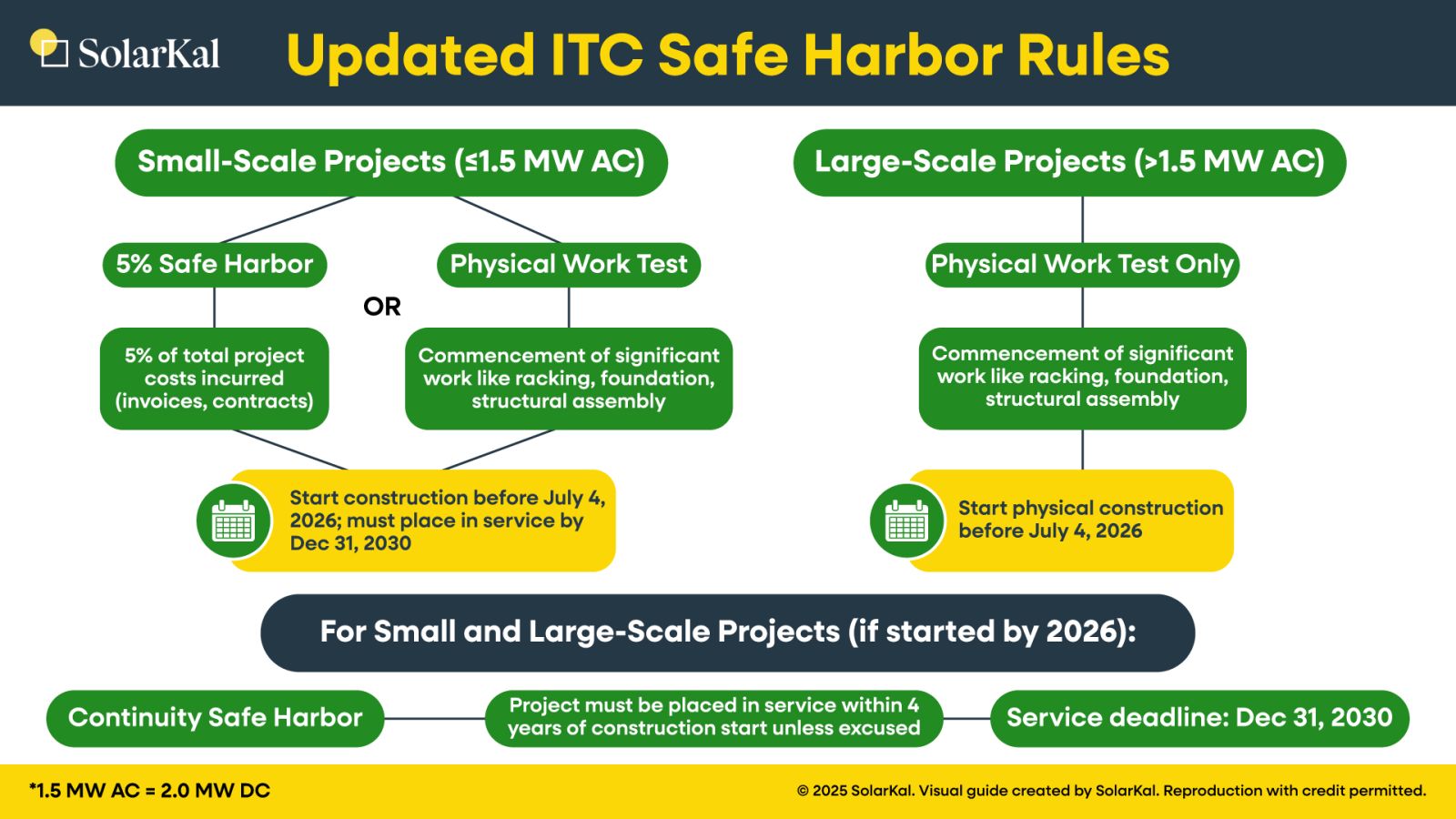
(credit to SolarKal)
Key Highlights
● Small-scale projects (≤1.5 MW AC): Either 5% safe harbor or physical work test; must start before July 4, 2026, with service deadline Dec 31, 2030.
● Large-scale projects (>1.5 MW AC): Physical work test only; must start construction before July 4, 2026.
● Continuity safe harbor: All projects must be in service within four years of start (unless excused).
“After the Treasury’s update, CRE owners and developers are asking what qualifies, and by when. By translating policy into a simple visual, we’re helping the market see the two paths available and the deadlines that can’t be missed,” said Neil Sharma, Chief Commercial Officer at SolarKal.
Key Highlights
● Small-scale projects (≤1.5 MW AC): Either 5% safe harbor or physical work test; must start before July 4, 2026, with service deadline Dec 31, 2030.
● Large-scale projects (>1.5 MW AC): Physical work test only; must start construction before July 4, 2026.
● Continuity safe harbor: All projects must be in service within four years of start (unless excused).
“After the Treasury’s update, CRE owners and developers are asking what qualifies, and by when. By translating policy into a simple visual, we’re helping the market see the two paths available and the deadlines that can’t be missed,” said Neil Sharma, Chief Commercial Officer at SolarKal.
“This tool helps to visualize how project timelines will impact tax credit benefits, so CRE owners and developers can optimize the NOI delivered from any given solar project,” he added.
For additional insights from the webinar or to understand how these rules impact CRE portfolios, contact [email protected].
SolarKal | https://www.solarkal.com/
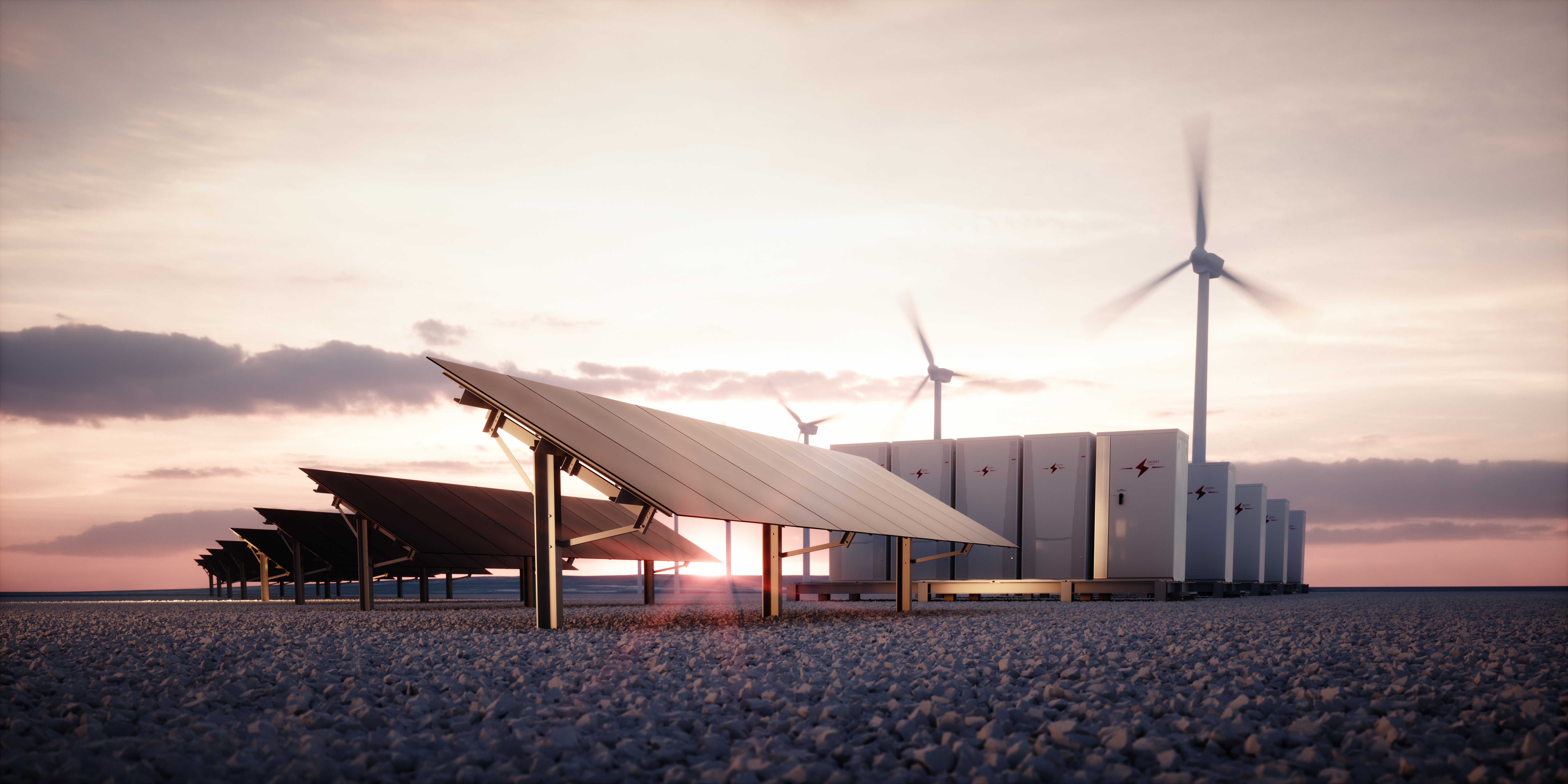
Amprius Technologies, Inc. (“Amprius” or the “Company”) (NYSE: AMPX), a leader in next-generation lithium-ion batteries with its Silicon Anode Platform, announced it has secured a purchase order totaling over $35 million for its SiCore cells from a leading Unmanned Aerial Systems (“UAS”) manufacturer. This follows a $15 million purchase order placed in February 2025, underscoring the accelerating adoption of Amprius’ high energy density batteries.

Produced at scale while maintaining breakthrough performance, Amprius’ SiCore cells are engineered for the rigorous demands of UAS missions, from take-off through sustained flight to landing. With industry-leading energy-to-power performance, SiCore extends flight times and mission ranges beyond the limits of conventional lithium-ion batteries, enabling next-generation aircraft to achieve the endurance required for critical operations.
“This follow-on order of more than $35 million from an existing customer highlights both the trust we’ve built with leading drone manufacturers and the strong momentum behind our revenue and market share growth,” said Dr. Kang Sun, CEO of Amprius Technologies. “As a leading supplier of silicon anode batteries, we are delivering the performance that enables our customers to meet their most demanding mission profiles. We believe the next phase of UAS growth will be powered by advanced high-performance batteries, and Amprius’ technology, products, and manufacturing capabilities uniquely position us to capture a growing share of this rapidly expanding market.”
Amprius supports large-scale orders through its global contract manufacturing network, which now exceeds 1.8 GWh of secured capacity. This includes a strategic agreement in South Korea, that supports adoption across aerospace, defense, and electric mobility markets.
The global unmanned systems market was valued at $26.6 billion in 2024 and is projected to reach $48.3 billion by 2030 at a 10.5% CAGR. Growth is primarily driven by defense, commercial, and industrial adoption, with UAS accounting for more than 57% of the market and North America contributing over 45% of global revenue in 2024. By combining industry-leading silicon anode batteries with established global manufacturing partners, we believe Amprius is solidifying its leadership in the future of electric aviation.
Amprius | amprius.com
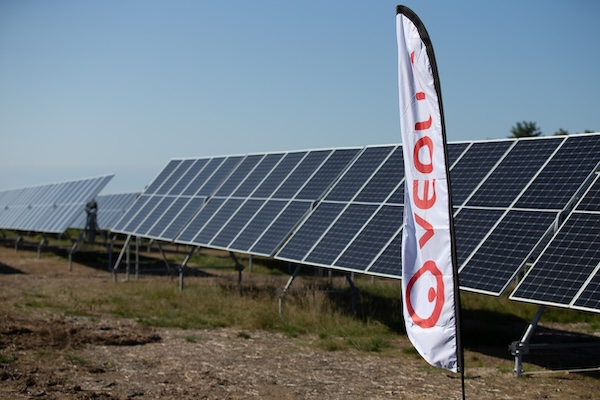
Two New England leaders in the development of sustainable energy solutions – Veolia and Nautilus Solar Energy (Nautilus) - unveiled a 6.5 megawatt (MW) solar installation in Exeter, Rhode Island, named: “Exeter Mail.” The installation is one of three that supplies renewable energy to the Rhode Island electric grid, in exchange for utility bill credits for regional housing authorities, lowering their operating costs and ultimately lowering energy prices for public housing residents. Announced in 2021, the construction of the project is now complete, and all three solar installations are supplying green energy to the Rhode Island electric grid.
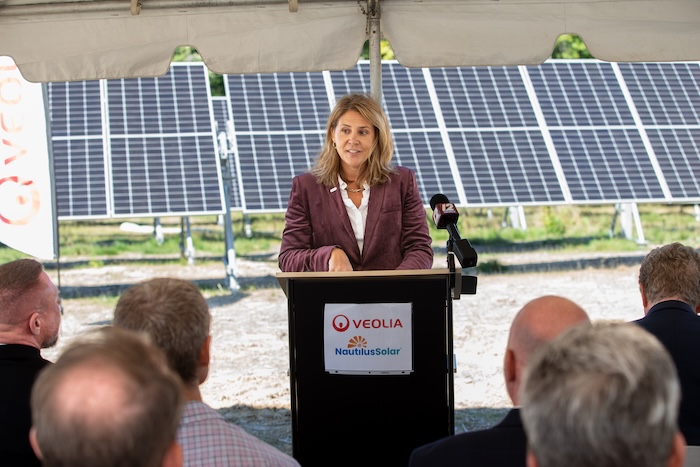
The collaboration between PHARI, Nautilus and Veolia is a first of its kind in the nation encompassing multiple public housing authorities under a single renewable energy contract. The Exeter Mail installation is the largest of three contracted by the housing authorities.
Combined, the three sites exceed 13 MW, removing approximately 4,800 metric tons of greenhouse gases annually, the equivalent of taking more than 1,000 cars off the road. The market value of the generation from the three projects will be distributed among nine housing authorities in Rhode Island (Providence, North Providence, Newport, Cranston, Smithfield, Warwick, Warren, Bristol and Lincoln) in the form of utility bill credits. The credits will generate a discount against prevailing electricity supply rates, which lowers the operating budgets of the housing authorities in a region with some of the highest energy costs in the U.S.[1], benefiting both taxpayers and public housing families.
Located primarily in the towns of Exeter and Smithfield, the solar fields provide approximately 20 million kilowatt hours annually. The projects are estimated to save over $35 million in energy costs over the next 20 years.
Nautilus has overseen the development, permitting and construction of the solar installation. The company will now look after the ongoing management, maintenance and performance for the life of the projects, estimated at 25 to 30 years. Leveraging its deep knowledge of decarbonization, power optimization, and solar generation, Veolia was selected by PHARI to serve as a buy-side agent for the collaboration of housing authorities to manage the procurement effort, advise technically and manage the complexity of the vendor selection process.
The energy generated from the projects now feeds into the electric utility territory of Rhode Island Energy, a subsidiary of PPL Corporation. The completion of the Exeter Mail 6.5 MW field, the third of three that were contracted, marks the conclusion of this project.
Karin Hamel, President and Chief Executive Officer of Veolia’s Sustainable Industries and Buildings business said: “Veolia is proud to contribute to this transformative solar installation, which not only harnesses the power of renewable energy but also directly supports the well-being of thousands of low-income families in Rhode Island. This project aligns with Veolia’s GreenUp strategy. Producing local, low-carbon energy is a critical growth booster for accelerating ecological transformation. This project is a perfect example of how green energy can be used for good.”
Jeffrey Cheng, Chief Executive Officer of Nautilus Solar said: “This solar installation marks an important milestone in our mission to make clean energy more accessible. By delivering the benefits of community solar directly to public housing residents, we’re pioneering a model that supports renewable energy goals while delivering long-term economic benefits to the local community. Rhode Island continues to be a key state for innovation in clean energy access, and we’re proud to continue growing our investment in the state while building stronger, more resilient communities.”
Robert Coupe, PHARI Co-President and Executive Director of Cranston Housing Authority said: “Every housing authority in Rhode Island is working to provide the highest quality affordable housing possible with limited budgets. Our partnership with Veolia and Nautilus dramatically reduces utility costs, freeing up valuable resources to invest in property maintenance, facility improvements and operational support. By supporting the growth of renewable energy projects, we are improving the quality of life for future generations while enhancing our ability to serve current residents.”
Veolia in North America | www.veolianorthamerica.com
Nautilus Solar | nautilussolar.com
[1] US EIA - United States Energy Information Agency (Government Agency)
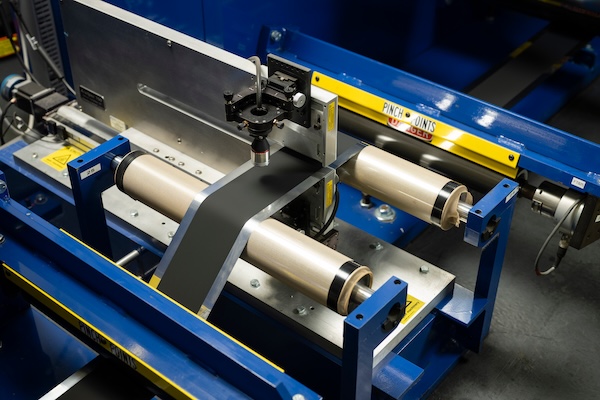
Sion Power is making significant strides in the anode manufacturing process, addressing one of the key barriers to lithium-metal battery performance and scalability. By replacing conventional mechanical rolling with a proprietary vacuum deposition process, the company produces lithium-metal anodes with unprecedented control, efficiency and performance.
Traditional anode manufacturing relies on mechanical rolling, which limits the lithium thickness to 30–50 microns and requires the use of lubricants and additives during production. This process is restrictive and inefficient, creating cost and performance challenges for next-generation batteries.
Sion Power has developed a vacuum deposition method that overcomes these limitations. The roll-to-roll thermal evaporation process deposits lithium directly onto copper foil at controlled speeds, allowing for the formation of ultra-thin and uniform films as thin as 2–3 microns. This flexibility allows for the precise tailoring of lithium thickness for various applications, thereby reducing material usage and enhancing cost efficiency.
Beyond thickness control, the process enables engineered surface coatings that enhance lithium stability and performance. In customer testing, Sion Power’s 5-micron films delivered twice the cycle life of comparable competitor materials, demonstrating a clear performance edge.
“Our ability to deposit lithium in films from 2 to 50 microns with custom surface treatments positions us as the leader in lithium-metal anode technology,” said Tracy Kelley, president and chief science officer of Sion Power. “This innovation provides a true scalable path to high-performance batteries.”
While other companies, including equipment providers, are exploring lithium-metal deposition, Sion Power’s approach is unique in its focus and maturity. Rather than adapting tools designed for multiple industries, Sion Power has spent decades developing and refining a process optimized specifically for battery anodes.
The company has validated the scalability of its vacuum deposition process through customer engagements, including detailed throughput and cost analyses. The process is currently in use for producing anodes in Sion Power’s Licerion® large-format battery cells manufactured in Tucson, Arizona.
“With decades of expertise in lithium-metal, we believe our vacuum deposition method is the gold standard for thin lithium films,” said Kelley. “It is a U.S.-based solution ready to support commercial demand at gigawatt scale.”
Sion Power | www.sionpower.com

Intelligent power management company Eaton announced a collaboration with Autodesk, the leader in design and make technology, to improve building lifecycle management. The collaboration leverages Eaton’s trusted energy management and optimization solutions with Autodesk Tandem to simplify complex energy system simulations and optimize electrical system performance across commercial buildings, data centers and more – advancing energy resilience and sustainability with new levels of speed, accuracy and flexibility.
With digital transformation, electrification and the shift to distributed energy sources, building owners are adapting to a changing power landscape. Together, Eaton and Autodesk are transforming building electrical systems into intelligent, data-driven ecosystems that continuously maximize functionality and unlock value for the future.
“Eaton and Autodesk are introducing new dynamic capabilities for the building and data center industries that will fundamentally change how electrical systems are designed, built and operated,” said Justin Carron, director of buildings and campuses at Eaton. “By combining actionable insights from energy management systems and reliability-centered maintenance programs with advanced visualization, simulation and modeling capabilities – we’re enabling a more intelligent and productive approach to building lifecycle management.”
“By bringing together Eaton’s energy expertise and Autodesk Tandem’s powerful data visualizations and integration capabilities, we’re giving building operators the tools to move from reactive to predictive strategies – unlocking new levels of resilience, efficiency and sustainability,” said Robert Bray, vice president and general manager of Autodesk Tandem. “It’s exciting to see how these capabilities are being applied to real-world operational challenges and helping shape a smarter, more digital future.”
Eaton’s Brightlayer Digital Energy Twin capability powered by Autodesk Tandem gives designers, contractors and building operators new tools to deliver smarter, more resilient and energy-efficient buildings. Utilizing data and insights from Eaton’s Brightlayer energy software, the Brightlayer Digital Energy Twin enables building and facility managers to simulate, monitor and optimize energy use and building performance. The Eaton digital energy twin technology mimics and predicts how a facility will operate under various conditions and provides analysis on the impact of potential infrastructure upgrades prior to implementation – helping enhance resilience, reduce costs and support sustainability goals.
Additionally, the collaboration introduces a new building information modeling (BIM) generation application for Autodesk Revit® that enables design and engineering professionals to dynamically generate BIM files for electrical systems to simplify pre-construction planning and create a digital foundation for the future.
At Autodesk University, Eaton’s Chris Finen, national application engineer manager, will discuss how digital energy twin technology helps improve insights and operational outcomes, enabling the shift from descriptive to predictive maintenance and energy management.
Eaton | www.eaton.com
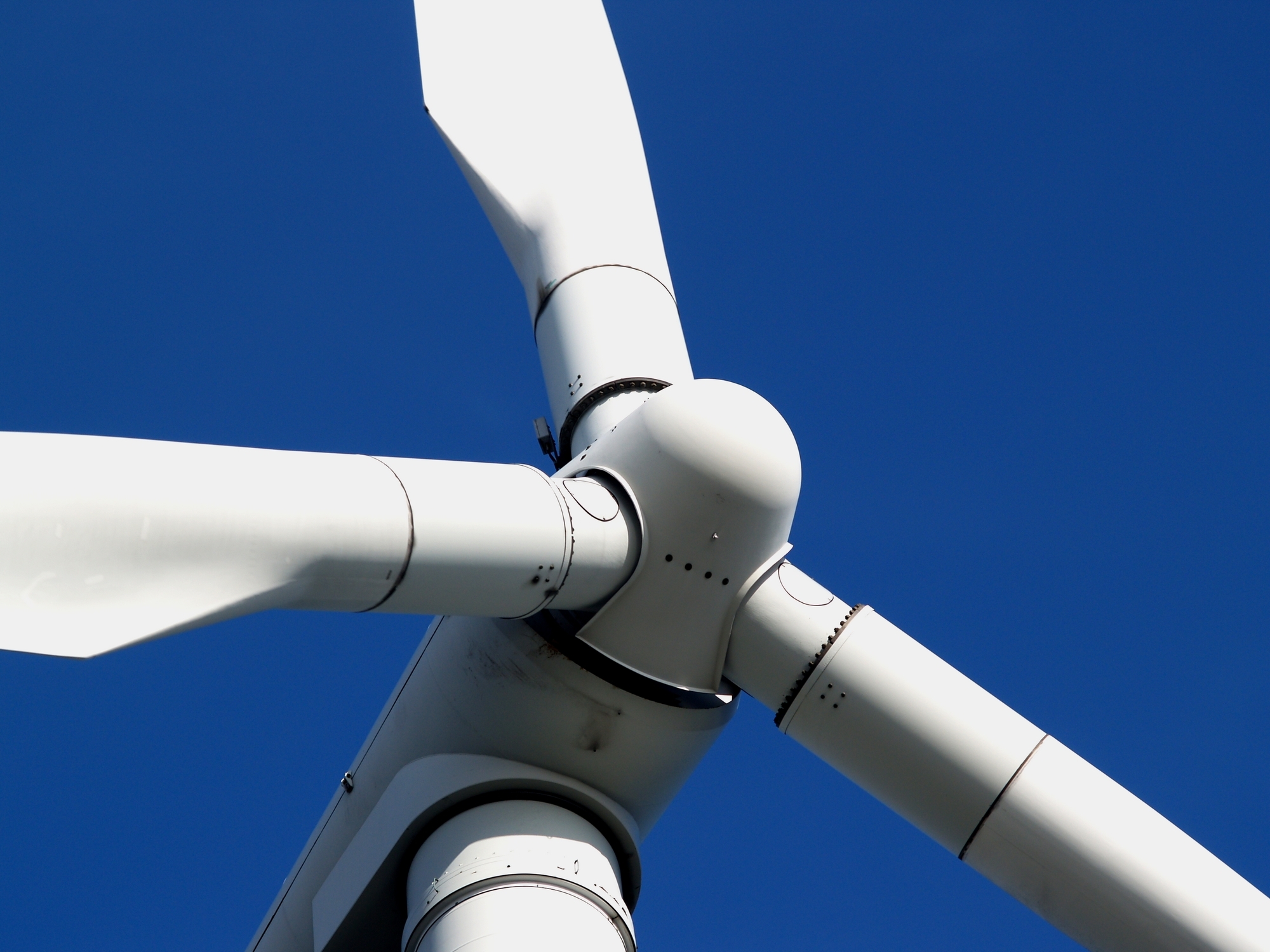
The Avangrid Foundation, the philanthropic arm of leading energy company Avangrid Inc., a member of the Iberdrola Group, announced it has opened applications for its 2025 Wildlife Rehabilitation Grant Program. The Foundation welcomes eligible wildlife organizations within its service areas to apply by midnight, October 15, 2025.
“Wildlife rehabilitation and conservation is deeply connected to our values at Avangrid,” said Avangrid CEO Jose Antonio Miranda. “Through the Foundation, we are proud to support local organizations that protect habitats, care for animals, and inspire environmental stewardship in the communities we serve.”
“Each year, our Wildlife Rehabilitation Grant Program continues to expand its reach and deepen its impact,” said Pablo Colón, Director of Corporate Citizenship and Executive Director of the Avangrid Foundation. “Last year’s record-breaking funding expanded veterinary care for emergency response efforts, helped build advanced rehabilitation facilities, and amplified community engagement and education of wildlife conservation. We are excited to see the dedication, creativity, and expertise of this year’s applicant pool as we continue championing a healthier planet for all.”
Since the program was launched in 2016, Avangrid Foundation’s Wildlife Rehabilitation Grant Program has given a total of more than $1 million to centers nationwide. Its goals include supporting local organizations caring for injured wildlife, promoting public outreach and education about wildlife resources and energy, and strengthening relationships with the environmental community where the company operates.
To be eligible to receive a grant, organizations must:
For more information on how to apply, click here. All organizations must complete and e-mail a funding request by midnight on October 15, 2025 to [email protected]
Avangrid | http://www.avangrid.com

Bishop Lifting (Bishop), a market-leading, value-added distributor of lifting products and solutions, announced the appointment of Grant Garrett as Chief Executive Officer.
Grant joins at a pivotal moment for Bishop. Through a series of acquisitions in the past year, the company has recently expanded its footprint into Canada, Georgia, and Kansas. With these additions, Bishop operates 45 branches across North America and has completed eight acquisitions in the four years since partnering with Altamont Capital. Grant plans to continue Bishop's growth both organically and through M&A.
Grant has a strong track record of scaling great businesses like Bishop. He most recently served as Chief Executive Officer of M&D Distributors. Prior to joining M&D, Grant served in various Executive, Director, and Regional roles overseeing sales and operations for multiple business units and divisions at FleetPride, HD Supply, and Harbor Freight Tools.
"I am thrilled to join the Bishop team as the company continues to scale its presence in the lifting and safety products and services market," said Grant. "I look forward to working with the team as we grow and expand our presence in new and existing markets."
Bishop Lifting | www.lifting.com
Wind Sep 15, 2025
Wind power has been a highly successful and reliable source of renewable energy for decades, as evidenced by the multitude of wind farms dotting landscapes and oceans across the globe. In recent years, with the increase of electrification of daily li....
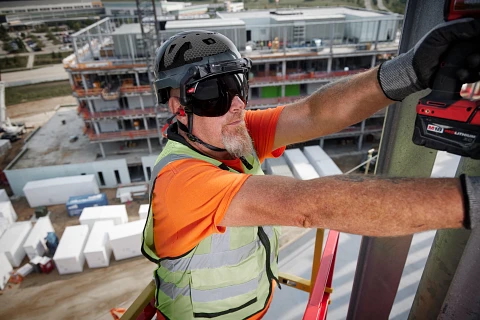
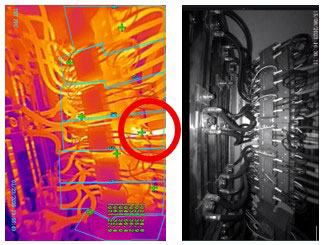
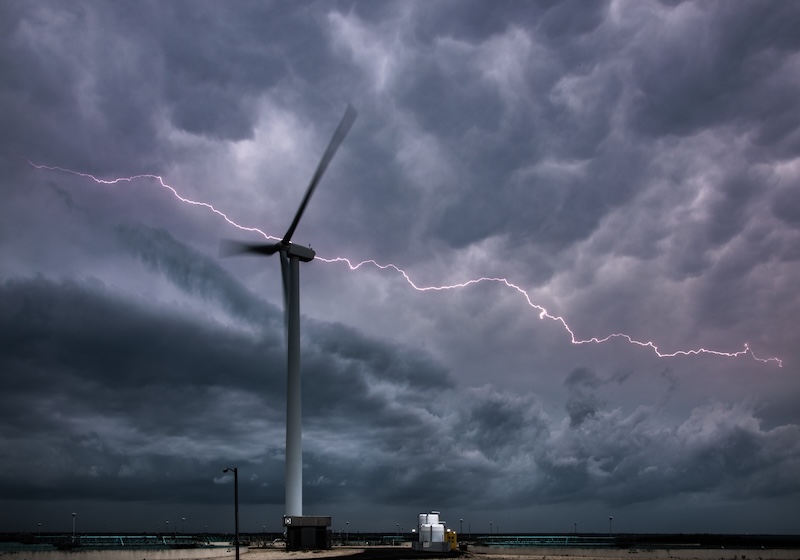
A heifer swats a fly with her tail while chewing her cud and lazily observing the visitors in hard hats on the other side of the electric netting. A calf trots up to her mother, nudging the udder with her head and starting to nurse, while another cow....
As utility-scale hybrid solar and battery energy storage projects become standard across North America, operators are facing increasing complexity. These systems are no longer passive generators, but dynamic assets that must respond in real time to g....
It didn’t start with a robot. It started with a problem. Clean energy is one of the hottest commodities today, and the world is rushing to meet this increasing demand. However, the typical financial barrier isn’t a problem for the industry; it....
Wind power has been a highly successful ....
As wind turbines keep growing taller and....
As energy needs grow more complex and grid instability becomes a regular concern, mobile microgrids are gaining attention as a flexible, lower-emission energy solution. Their emergence is timely. From wildfire-related outages in the West to hurricane....
A next generation of Virtual Power Plants has emerged in 2025, embodying trends which will require more efficient integration with utility grids. These trends span a wide range: VPPs that integrate EV charging and other new resources; building manage....
The confluence of several energy challenges has presented itself within the North American market. Rising electricity demands, grid reliability concerns, affordability and bottlenecks have reached an inflection point. Microgrids are emerging as a sol....
After months of debate in Congress, the One Big Beautiful Bill Act (OBBBA) was finally signed into law. With the goal of restructuring and simplifying federal incentive programs while reducing long-term costs, the OBBBA comes with several updates and....
Helium, once known primarily for its niche industrial uses, has emerged as a strategic political asset amid rising geopolitical tensions and trade uncertainties. Its critical role in next-generation technologies such as semiconductors, space explorat....
The need for reliable, high-quality electricity has never been greater now the grid is highly dependent on getting its supply from multiple sources. Power grid quality monitoring increasingly plays a significant role in ensuring that electricity arri....